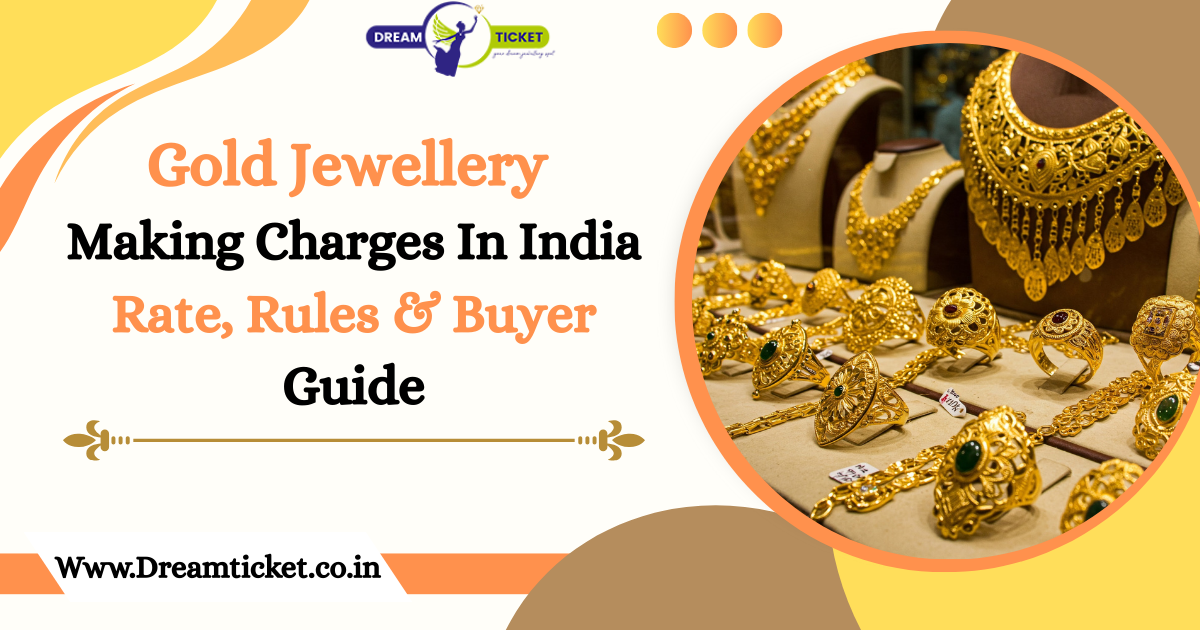Gold isn’t just a precious metal in India — it’s an emotion, a tradition, and a trusted investment. But as prices continue to rise in 2026, one hidden factor often surprises buyers — gold jewellery making charges. These charges can vary widely across jewellers and directly impact your final bill.
In this guide, you’ll learn exactly how gold jewellery making charges in India 2026 are calculated, what affects them, and how you can save smartly — especially with modern options like monthly gold saving plans from Dream Ticket.
What Are Gold Jewellery Making Charges and Why They Matter
When you purchase gold jewellery, you don’t just pay for the weight of gold — you also pay for the craftsmanship involved in designing and finishing it. These are known as gold jewellery making charges, and they represent the labour, artistry, and time invested by the jeweller.
A detailed gold jewellery cost breakdown usually includes:
- Gold price based on purity (22k or 18k)
- Gold jewellery labour cost
- GST (Goods & Services Tax)
These making charges can vary from 5% to 20% of the gold’s value depending on the ornament’s design and brand. Handcrafted jewellery tends to have higher making charges than machine-made ones because of its intricate workmanship and exclusivity.
How Jewellers Calculate Gold Making Charges
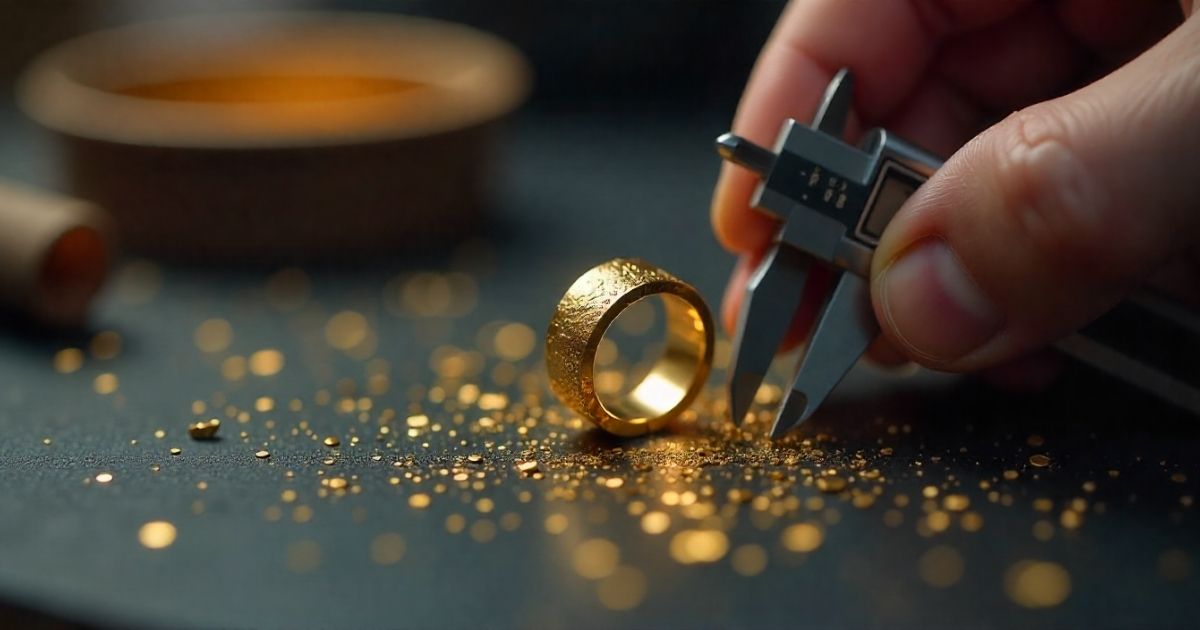
Fixed vs Percentage-Based Making Charges
Jewellers in India generally follow two models for calculating making charges:
- Fixed Charges – A flat amount (₹500–₹2,000) per piece, often used for lightweight or simple designs.
- Percentage-Based Charges – A certain percentage of the gold price, usually between 6% and 15%.
For example, if gold is ₹6,000 per gram and a 10-gram necklace has a 10% making charge, you’ll pay ₹6,000 extra as gold jewellery making charges on ornaments.
Knowing how jewellers calculate gold jewellery making charges helps buyers compare rates more effectively.
Factors Affecting Gold Jewellery Pricing
- Design complexity – Intricate handcrafted designs demand more labour.
- Purity – Higher karat gold (22k) is softer and requires skilled handling.
- Brand reputation – Premium brands charge more for design exclusivity and quality assurance.
- Location – Urban showrooms may have slightly higher labour costs.
Your go-to gold jewellery pricing guide India should always include a clear view of gold making charges per gram.
Latest Gold Jewellery Rates and GST in India 2026
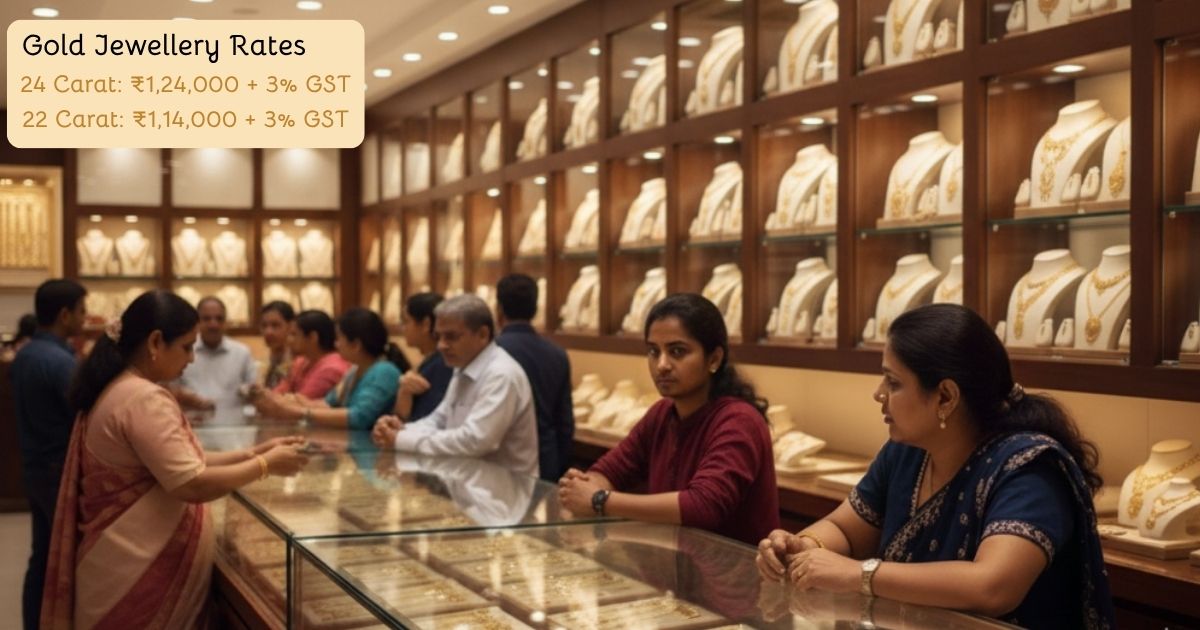
In 2026, the price of gold in India continues to fluctuate due to global market trends, inflation, and currency movements. On average, 22K gold is trading between ₹5,800 and ₹6,200 per gram.
Apart from the base price, buyers also pay 3% GST on gold jewellery in India 2026, applied to both the gold value and making charges.
Example Calculation (Approximate):
| Component | Example cost |
|---|---|
| Gold (10g x ₹6,000) | ₹60,000 |
| Making Charges (10%) | ₹6,000 |
| Subtotal | ₹66,000 |
| GST (3%) | ₹1,980 |
| Total | ₹67,980 |
Keeping these details in mind ensures complete transparency and helps avoid overpaying.
Hallmarked Gold Jewellery and BIS Standards
When buying gold jewellery, always look for the BIS (Bureau of Indian Standards) hallmark. It certifies the purity and authenticity of your jewellery, ensuring that you get what you pay for.
In 2026, new hallmarking rules require all jewellers to sell BIS-certified pieces. This helps buyers verify both purity and hallmarked gold jewellery price with confidence.
- 22K BIS Hallmarked Jewellery: Ideal for wedding and daily wear.
- 18K Jewellery: Common for designer and diamond-studded pieces.
- 24K Gold: Used primarily for investment (coins and bars).
Average Gold Making Charges in India (2026 Estimates)
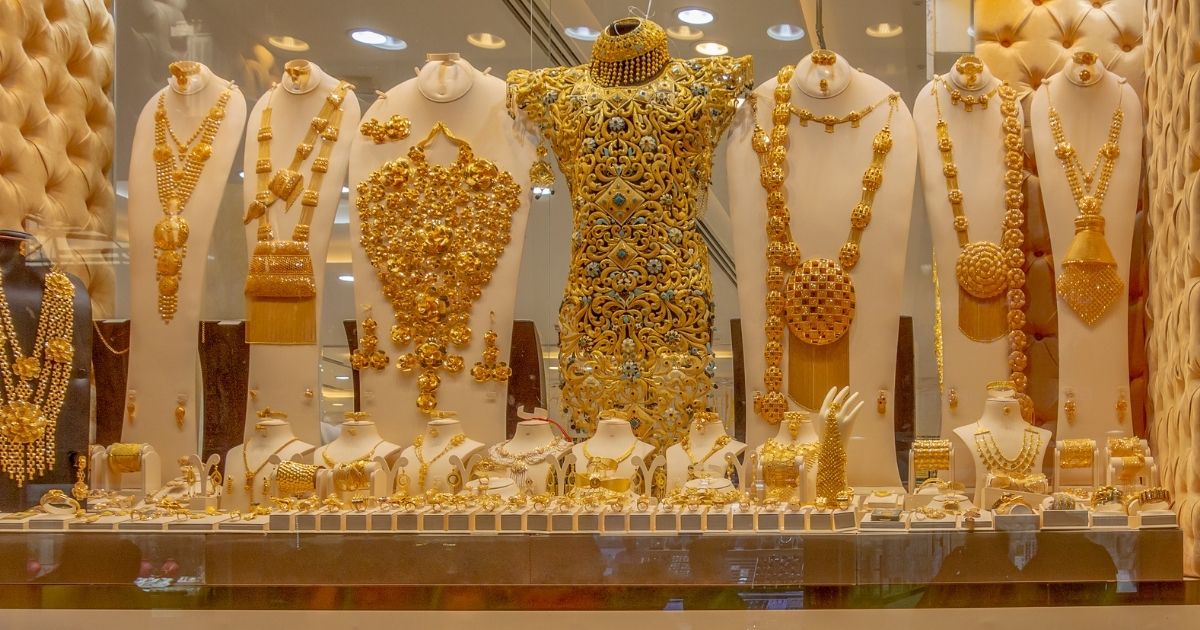
Based on market research, here’s an average range of gold making charges in India 2026:
| Type of Jewellery | Typical Making Charges |
|---|---|
| Chain / Bangle | 6–8% |
| Necklace | 10–12% |
| Designer or Antique Jewellery | 15% or more |
So, the average gold jewellery making charges for 22 carat usually fall between 6%–15% depending on design and brand.
How to Compare Gold Making Charges Across Jewellers
Before you make a purchase, always compare gold jewellery making charges to ensure value for money.
Here are a few practical tips:
- Always ask for a detailed price breakup (gold + making + GST).
- Check for BIS hallmark and jeweller’s certification.
- Review fixed vs percentage-based charges.
- Explore affordable gold jewellery plans online for better savings.
Many online jewellers, including Dream Ticket, offer transparent pricing and flexible gold saving plans that reduce or eliminate making charges.
Smart Ways to Save on Gold Jewellery Making Charges
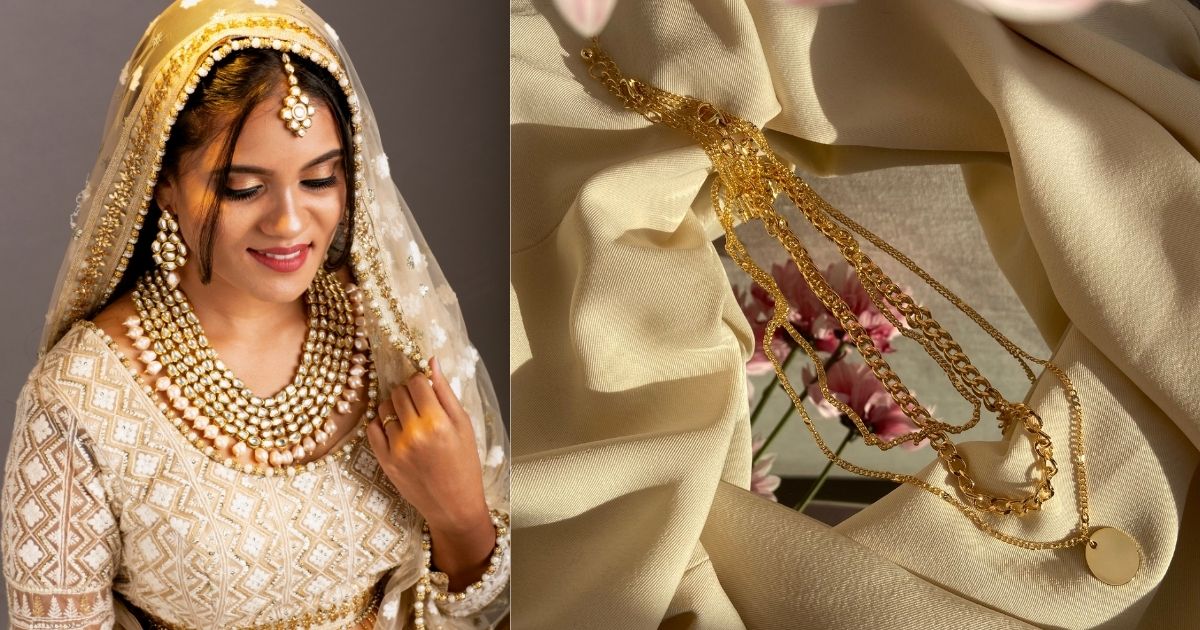
Making charges doesn’t have to drain your wallet. Here are some smart ways to save:
- Buy during festive offers like Akshaya Tritiya or Diwali, when jewellers often waive off charges.
- Choose lightweight designs with simpler patterns.
- Opt for monthly gold plans that help you accumulate gold over time.
With Dream Ticket Gold Subscription Plans, you can:
- Invest in gold jewellery monthly plans.
- Enjoy zero or low making charges.
- Get BIS-certified jewellery with complete price transparency.
- Build monthly gold savings for jewellery lovers that combine beauty and financial discipline.
Common Myths About Gold Making Charges
- Myth: All jewellers charge the same.
- Fact: Making charges differ by brand, design, and region.
- Myth: Designer jewellery always costs more.
- Fact: Machine-made designer pieces can sometimes cost less.
- Myth: Online gold plans aren’t safe.
- Fact: Trusted brands like Dream Ticket offer secure, RBI-compliant, and transparent plans.
Buyer’s Checklist Before Purchasing Gold Jewellery
Before finalizing your purchase, follow this simple checklist:
- Verify purity and hallmark.
- Ask for a complete cost breakdown.
- Compare gold jewellery making charges and offers.
- Always collect an invoice for resale or exchange value.
Dream Ticket ensures every step of this process is transparent — helping you invest confidently in your gold journey.
Conclusion — Buy Gold Smart, Save More
Understanding gold jewellery making charges empowers you to make informed, confident, and value-driven decisions. In 2026, with rising gold prices and evolving consumer trends, it’s more important than ever to buy smart.
Join Dream Ticket’s Monthly Gold Plan — invest in gold jewellery the smart way, enjoy zero gold jewellery making charges, and build your gold collection effortlessly.
Explore our gold subscription plans today and start your journey toward timeless beauty and smart savings.
Frequently Ask Question
1. What are gold jewellery making charges?
They’re the labour or craftsmanship costs added to the gold price for designing and finishing jewellery.
2. How are making charges calculated?
Jewellers charge either a fixed amount per piece or a percentage (usually 6–15%) of the gold value.
3. What is the average making charge for 22K jewellery?
Typically between 6%–15%, depending on design, purity, and brand.
4. Why do making charges vary by jeweller?
It depends on design complexity, brand reputation, region, and workmanship quality.
5. What GST applies on gold jewellery in 2026?
A 3% GST is charged on the total value (gold + making charges).
6. What’s the difference between fixed and percentage charges?
Fixed = same amount per item; Percentage = calculated on gold price (e.g., 10% of total).
7. How to save on gold making charges?
Buy during offers or choose Dream Ticket’s monthly gold plans with zero or low making charges.
8. Are online gold saving plans safe?
Yes, trusted jewellers like Dream Ticket offer secure, BIS-certified, transparent plans.
9. Why check price breakdown before buying?
To ensure clarity on gold cost, making charges, and GST — for fair and transparent pricing.
